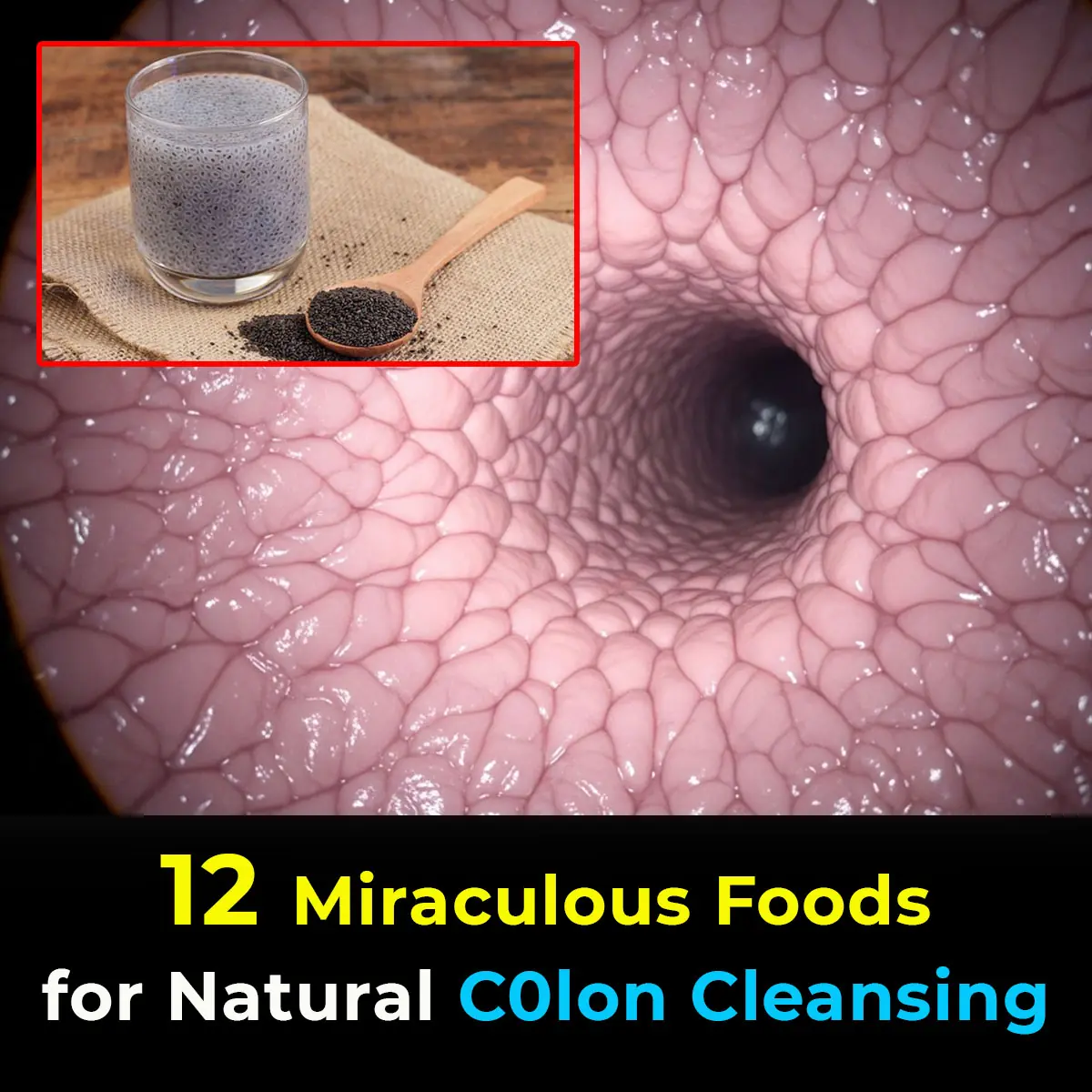
Fro-Yo Is Making a Comeback — But Is It Healthier Than Ice Cream?
🍦 Frozen Yogurt vs. Ice Cream: Which One Is Actually Healthier?
Frozen yogurt, affectionately known as fro-yo, is enjoying a nostalgic comeback. With new shops popping up and social media buzzing, many are wondering: is frozen yogurt truly a healthier alternative to ice cream, or is it just dessert in disguise?
Let’s break down the facts, compare the nutrition, and explore how to enjoy these treats wisely.
🧊 What’s the Real Difference Between Ice Cream and Frozen Yogurt?
While both are creamy, sweet, and satisfying, they differ in ingredients and nutritional profiles.
Ice Cream:
-
Made from milk or cream, sweeteners, and flavorings.
-
Must contain at least 10% milk fat to be labeled “ice cream” in the U.S.
-
Often includes stabilizers and emulsifiers for texture and shelf life.
Frozen Yogurt:
-
Typically made from cultured milk (fermented with live bacteria).
-
May contain less fat than ice cream, but sugar content can be equal or higher.
-
Live cultures often don’t survive the freezing process unless specially preserved.
🧬 Fun Fact: Supermarket fro-yo pints are more likely to retain probiotics than soft-serve from a shop.
📊 Nutrition Comparison: Vanilla Ice Cream vs. Vanilla Frozen Yogurt
| Nutrient | Ice Cream (½ cup) | Frozen Yogurt (½ cup) |
|---|---|---|
| Calories | 137 | 114 |
| Fat | 7.26g | 4g |
| Protein | 2.3g | 2.9g |
| Carbohydrates | 15.6g | 17.4g |
| Sugar | 14g | 17.3g |
⚠️ Note: Fro-yo may be lower in fat, but often contains more sugar than ice cream.
🥄 Which Is Healthier?
It depends on your health goals. If you're watching fat intake, fro-yo might be the better choice. But if you're concerned about sugar, ice cream could be less sweet—depending on the brand.
Expert Advice:
-
Look at the full nutrition label, not just the calorie count.
-
Consider how often you indulge and what else you’re eating that day.
-
Both can fit into a balanced diet when enjoyed mindfully.
🧠 “The first and last bite are often the most satisfying,” says dietitian Julie Stefanski. Savor slowly to feel more fulfilled.
✅ Tips for a Healthier Fro-Yo Habit
-
Watch the sugar: Choose options with less than 10g of added sugar per serving.
-
Mind your portions: Stick to single-serve cups or pops to avoid overindulging.
-
Choose smart toppings: Go for fresh fruit, nuts, or seeds instead of candy or syrups.
-
Check for live cultures: Look for labels that say “contains live and active cultures.”
-
Try dairy-free versions: Coconut or almond milk-based fro-yos can be gentler on digestion.
🍓 Bonus Tip: Add chia seeds or flax for fiber and omega-3s.
🆕 Expanded Insights: What About Gelato, Soft Serve, and Dairy-Free Options?
Gelato: Typically lower in fat than ice cream but denser due to less air. It’s rich and flavorful, often with less sugar.
Soft Serve Yogurt: Often contains stabilizers and air, making it lighter in texture but not necessarily healthier.
Dairy-Free Fro-Yo: Made from plant-based milks, these can be lower in saturated fat and suitable for lactose-intolerant individuals. Watch for added sugars and thickeners.
🌱 Plant-based options are growing in popularity and may offer cleaner ingredient lists.
🧁 Final Thoughts
Frozen yogurt can be a lighter alternative to ice cream—but only if you’re mindful of sugar, portion size, and toppings. Whether you’re indulging in a nostalgic swirl or trying a trendy dairy-free pint, the key is balance.
News in the same category


What Your Feet Are Telling You

6 Health Benefits of Sleeping In a Cold Room and How to Make it Cooler- And Why You May Not Want to Use a Fan

10 Symptoms of Diabetes That May Show Up In Your Feet

This is what sleeping on the left side does for our brain, stomach & glymphatic health

12 Best Foods To Support Digestive and Gut Health

Study suggests anal cancer is on the rise and reveals who’s most at risk

Wife Complains of a Headache, Sleeps, and Dies Without Husband Knowing: This Type of Headache Requires Immediate Hospitalization!

Shocking Effects of Sleeping Less Than 7 Hours — What Really Happens to Your Body
Getting less than seven hours of sleep might feel harmless, but science shows it can quietly damage your body in ways you don’t expect. From hormonal imbalances to skin problems and even digestive issues, sleep deprivation affects far more than just you

Doctors Explain Why You Should Never Hold Back a Fart
On average, every person passes gas 14 to 23 times per day—it’s a natural part of being human and actually shows that your digestive system is functioning properly.

Scientists Invent Smart Tooth That Grows Into Your Gums And Connects To Nerves Like the Real Thing

Scientists Say This New Stem Cell Treatment Could End Type 1 Diabetes for Good

Everyday Habits That Can Cause a This Issue To Your Hands

My Nana’s Homemade Cure for Stubborn Throat Mucus That Works Every Time

Doctors Are Shocked by What Happens When You Eat Chia Seeds First Thing in the Morning

Warning Signs of Poor Blood Circulation That Are Easy to Ignore

Notice Incredible Results For Your Digestive Problems

Medical Myths Debunked: Chocolate Isn’t Heart-Healthy

Raising the Bar on Breast Cancer Screening and Management

Top 5 vitamins to supercharge circulation in your legs & feet
News Post

If Your Feet Swell It Is a Clear Sign

What Your Feet Are Telling You

6 Health Benefits of Sleeping In a Cold Room and How to Make it Cooler- And Why You May Not Want to Use a Fan

The Hidden Meaning Behind Leg-crossing — It’s More Than Just Comfort

10 Symptoms of Diabetes That May Show Up In Your Feet

How To Properly Dispose of Ticks

This is what sleeping on the left side does for our brain, stomach & glymphatic health

12 Best Foods To Support Digestive and Gut Health

Study suggests anal cancer is on the rise and reveals who’s most at risk

Wife Complains of a Headache, Sleeps, and Dies Without Husband Knowing: This Type of Headache Requires Immediate Hospitalization!

Why Do You Keep Waking Up Between 3 and 5 A.M.? Causes, Explanations, and What It Means for Your Health

Deadly Secrets of Ticks: How to Remove and Dispose of Them Safely Before They Harm You
Ticks may be small, but their impact on human and pet health can be enormous.

Frankenstein Rabbits With Tentacle-Like Horns Spark Invasion As Rare Virus Causes Monstrous Mutations
Although they may look frightening or pitiful, they remain a natural example of how viruses can drastically alter an animal’s appearance.

Only the Sharpest Eyes Can Find All 6 Hidden Words in This Living Room Challenge
If you love solving puzzles and challenges, this viral hidden words image is just for you!

Shocking Effects of Sleeping Less Than 7 Hours — What Really Happens to Your Body
Getting less than seven hours of sleep might feel harmless, but science shows it can quietly damage your body in ways you don’t expect. From hormonal imbalances to skin problems and even digestive issues, sleep deprivation affects far more than just you

The Hidden Purpose of That Tiny Hole in a Safety Pin Will Surprise You
That tiny hole in a safety pin isn’t just decoration - it’s proof that even the simplest everyday tools can hide smart design secrets.

Doctors Explain Why You Should Never Hold Back a Fart
On average, every person passes gas 14 to 23 times per day—it’s a natural part of being human and actually shows that your digestive system is functioning properly.

This Appears to Be a Void in Space. In Truth, It’s Full of Stars in the Making

Potentially hostile’ alien threat could attack Earth in a few months, scientists claim
